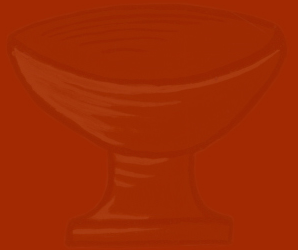
About Icons: the Image of the Invisible
Icons of the Eastern Orthodox Church belong to a tradition which began with the early Christians, approximately 150 AD and flourished during the 4th century with the rise of the new Christian empire of Constantinople. Icons are not religious art. The icon is created as an image of the invisible and even the presence of the Invisible One.
Icons have a language of symbolism, color and convention which forms the tradition of iconography. The role of icons in the Eastern Church is primarily sacramental. They are objects of veneration which passes to the prototype; that is, to the saint, angel, Christ or the Theotokos in heaven.
Since human beings are, according to Genesis, made in the image and likeness of God, and since Christ is the prototype of all human beings, the veneration offered to the icon ultimately passes to Christ. In this sense, all icons are icons of the God-man Jesus Christ. The ultimate test of whether a painting is an icon, as understood in Orthodoxy, is whether it can be venerated or not.




